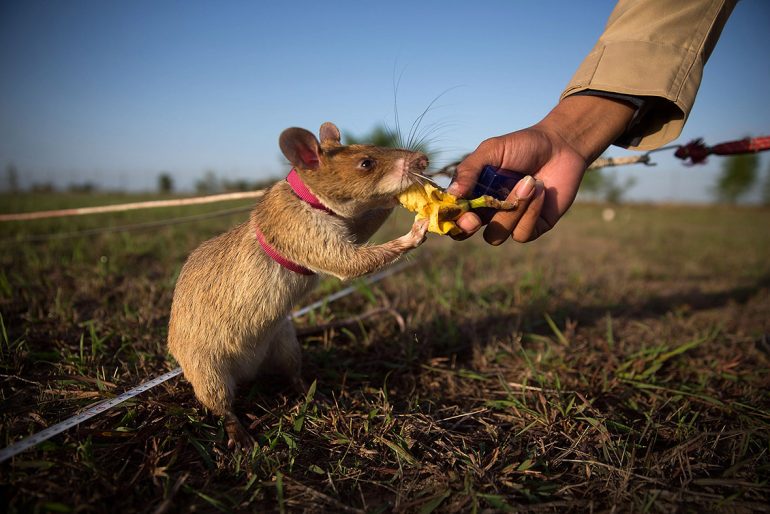MOST NIGERIANS ARE QUITE FAMILIAR WITH INDOMETHACIN UNDER THE GENERIC NAMES INDOCID® OR INDOCIN®.
While some know it as an analgesic (painkiller), others know it as a rodenticide (rat poison). Indomethacin can and does provide relief against pain in different forms, but its intake can also be fatal.
ABOUT INDOMETHACIN
Indomethacin is classified as a non-steroidal anti-inflammatory drug (NSAID), and was introduced in 1963 for the treatment of several conditions including gout, rheumatoid arthritis, degenerative joint diseases, acute musculoskeletal disorders, ankylosing spondylitis, inflammation and oedema following surgical procedures, amongst others.
The discovery of the drug however, came with reports of adverse effects.
NSAIDs in general have been known to cause stomach ulcers especially following long term use or overdose. There have been several scientific studies and reports that substantiate the danger of Indomethacin overuse. And stomach ulcers aren’t the only after effects. There is scientific evidence that Indomethacin can also hurt the liver, kidney, testes, intestines and possibly the brain.
WHY IS INDOMETHACIN STILL IN USE IN NIGERIA?
At this point, so many questions come to mind. Why do we still take Indocid so frequently in Nigeria? Why is Indocid the first resort for killing rats in many households in Nigeria?
To address these points, we would start with the most obvious plausible answer to these – Indocid is way too cheap. Matter of fact, it is even cheaper than Paracetamol, which is probably one of the cheapest drugs in the Nigerian drug market. So, why would I buy Paracetamol when I can get Indocid for cheaper? To further ice the cake, Indocid can do more than Paracetamol. Both Indomethacin and Paracetamol can alleviate pains and aches, but for sure Paracetamol no dey kill rat!
This brings me to the second plausible answer to the frequency of Indomethacin use. Let’s be real, Nigerian rats are annoying! They’re just everywhere, whether urban or rural or anything in-between. They always find a way to creep into your house.
WHAT’S THE WAY FORWARD?
In more civilized countries, the use of Indomethacin as an analgesic or antipyretic (for managing fevers) has reduced, because of the high incidence of side-effects associated with its long-term use. The drug however still remains readily available over-the-counter in most underdeveloped countries. In fact, as the therapeutic use of the drug waned in developed countries, it even became cheaper and more readily available in most third world countries, especially in Nigeria.
We are basically enjoying what has been rejected elsewhere.
Surprisingly, there is almost no public awareness campaign existing about this drug in Nigeria. You know the even more saddening fact? You can stroll into any hospital or drug store and demand for this drug, without a prescription. Talk about regulatory irresponsibility.
There needs to be an urgent enlightenment campaign across Nigeria concerning the dangers of the abuse (yes, taking drugs without consulting a professional is abuse) of Indomethacin. Some might argue that they only use it as a rat killer. Have you considered what may happen if your pet or child accidentally overdoses on your stash recklessly kept somewhere in the house?
Dr Chidi Ubachukwu is a Diagnostic Pathologist, Veterinary Doctor, Musician, Writer and Activist. He writes from Lagos, Nigeria.
Image Credits: IB Times





